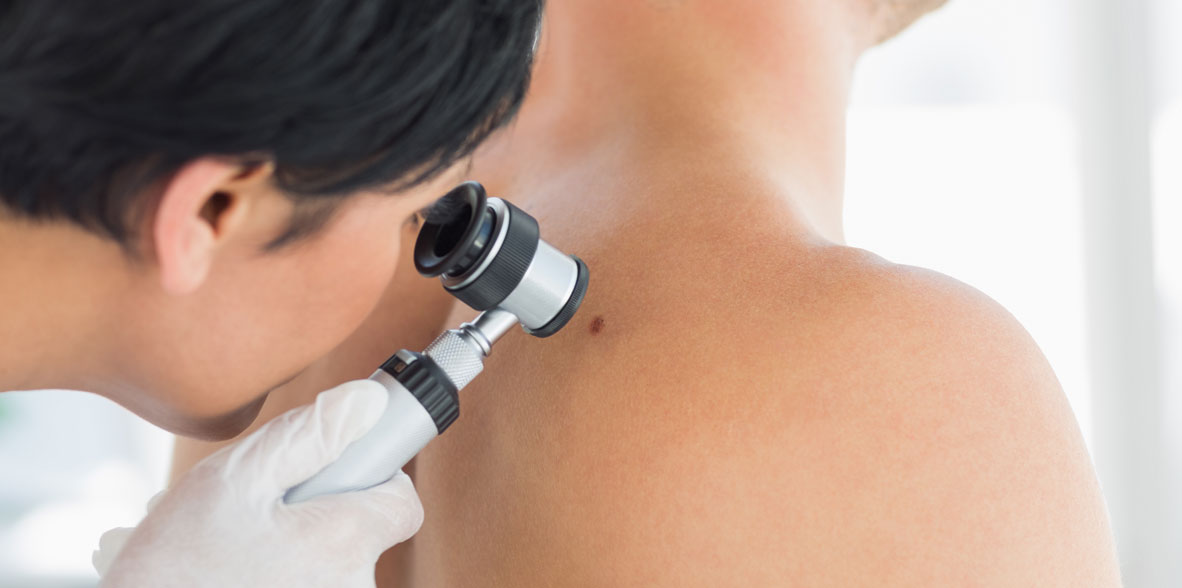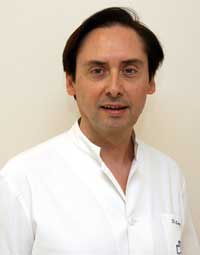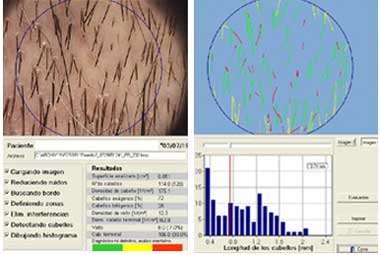

 Centro Médico Teknonen/health-centers/centro-medico-teknon
Centro Médico Teknonen/health-centers/centro-medico-teknon Centro Médico Teknonen/health-centers/centro-medico-teknon
Centro Médico Teknonen/health-centers/centro-medico-teknon- FACULTATIVO ESPECIALISTA DERMATOLOGÍADermatología Médico-Quirúrgica y VenereologíaCentro Médico Teknonen/health-centers/centro-medico-teknon
 FACULTATIVO ESPECIALISTA DERMATOLOGÍADermatología Médico-Quirúrgica y VenereologíaCentro Médico Teknonen/health-centers/centro-medico-teknonHospital Quirónsalud Barcelonaen/health-centers/hospital-quironsalud-barcelonaHospital El Pilaren/health-centers/hospital-el-pilar
FACULTATIVO ESPECIALISTA DERMATOLOGÍADermatología Médico-Quirúrgica y VenereologíaCentro Médico Teknonen/health-centers/centro-medico-teknonHospital Quirónsalud Barcelonaen/health-centers/hospital-quironsalud-barcelonaHospital El Pilaren/health-centers/hospital-el-pilar FACULTATIVO ESPECIALISTA DERMATOLOGÍADermatología Médico-Quirúrgica y VenereologíaCentro Médico Teknonen/health-centers/centro-medico-teknon
FACULTATIVO ESPECIALISTA DERMATOLOGÍADermatología Médico-Quirúrgica y VenereologíaCentro Médico Teknonen/health-centers/centro-medico-teknon FACULTATIVO ESPECIALISTA DERMATOLOGÍADermatología Médico-Quirúrgica y VenereologíaCentro Médico Teknonen/health-centers/centro-medico-teknon
FACULTATIVO ESPECIALISTA DERMATOLOGÍADermatología Médico-Quirúrgica y VenereologíaCentro Médico Teknonen/health-centers/centro-medico-teknon FACULTATIVO ESPECIALISTA DERMATOLOGÍADermatología Médico-Quirúrgica y VenereologíaCentro Médico Teknonen/health-centers/centro-medico-teknon
FACULTATIVO ESPECIALISTA DERMATOLOGÍADermatología Médico-Quirúrgica y VenereologíaCentro Médico Teknonen/health-centers/centro-medico-teknon FACULTATIVO ESPECIALISTA DERMATOLOGÍADermatología Médico-Quirúrgica y VenereologíaCentro Médico Teknonen/health-centers/centro-medico-teknonHospital Quirónsalud Barcelonaen/health-centers/hospital-quironsalud-barcelonaHospital Universitari Sagrat Coren/health-centers/hospital-universitari-sagrat-cor
FACULTATIVO ESPECIALISTA DERMATOLOGÍADermatología Médico-Quirúrgica y VenereologíaCentro Médico Teknonen/health-centers/centro-medico-teknonHospital Quirónsalud Barcelonaen/health-centers/hospital-quironsalud-barcelonaHospital Universitari Sagrat Coren/health-centers/hospital-universitari-sagrat-cor FACULTATIVO ESPECIALISTA DERMATOLOGÍADermatología Médico-Quirúrgica y VenereologíaCentro Médico Teknonen/health-centers/centro-medico-teknonHospital Universitari Dexeusen/health-centers/hospital-universitari-dexeus
FACULTATIVO ESPECIALISTA DERMATOLOGÍADermatología Médico-Quirúrgica y VenereologíaCentro Médico Teknonen/health-centers/centro-medico-teknonHospital Universitari Dexeusen/health-centers/hospital-universitari-dexeus
- Female Hair loss
What are the causes?
- Abnormalities in the thyroid gland: This is a very common cause with hypothyroidism (when the gland is underactive) being the main problem.
- Post delivery (3-4 months after giving birth)
- Stress. It can manifest itself either in general hair loss all over the scalp or in bald patches (alopecia areata)
- Sudden loss of body weight, eating disorders (anorexia-bulimia) or bad nutrition in general · Post surgery or after a serious infection (it arises 3-4 months after the surgery or infection)
- A drop in hormone levels (estrogens) during the menopause can cause hair weakness and thinning · Alopecia androgenetica is a rare female genetic disease
How do we treat it?
- Correcting the iron, vitamin or other deficiency that may be found in the blood tests
- Oral treatments to nourish the hair
- Specialised hair lotions to strengthen the blood circulation to the hair follicles, others that help control excessive oil and flaky scalps
- Male hair loss
What are the causes?
- Nerves, anxiety or other dysfunction (perhaps following surgery or an accident etc). This can cause global hair loss at any age or can manifest itself as bald patches (alopecia areata)
- Alopecia androgenetica (this is hereditary and also influenced by hormones). This is the most common form of hair loss in men between 20 and 30
How do we treat it?
- Oral treatments to nourish the hair
- Hair lotions
- Finasteride 1mg: The only active ingredient dedicated to male alopecia androgenetica. It acts on an enzyme-hormonal level and is effective in males younger than 41 who are losing their hair. It prevents hair loss and improves the thickness of the existing hair. It must be taken daily over a number of years. Side effects include: a lowering of libido when you start the treatment (by 1.8%) but this is reversible after finishing the treatment
- What exactly do we mean by a hair transplant?
A hair transplant, or hair implantation, is a minor surgical procedure that has been used for the past 25 years with consistently good results.
In essence it involves transferring the hair roots from one part of the scalp to another where the hair roots have been lost generally due to hereditary causes, stress or some type of accident. The roots implanted in the new area grow in the same way as the place where they were extracted from.
- Who are the ideal candidates for hair transplants?
Anybody (male or female) who has suffered hair loss on any area of the scalp and who hasn't responded to the lotions, vitamins or other medical treatment is a perfect candidate for hair transplants. Transplants can also help substantially to give hair more volume.
Transplants are most effective on people who still have a good head of hair but are suffering from a small area of hair loss or baldness. Therefore when the patches of hair from the healthy area (the patches contain up to a maximum of 2000 -3000 roots per surgery) are extracted and transplanted to the place where we want to regrow the hair they are more likely to get excellent results.
- What happens in a hair transplant?
A hair transplant is a minor out-patient surgery carried out by using local anaesthetic.
Before surgery it is very important that the individual has a general health evaluation to ensure that there aren't any pre-existing problems that could affect the success of the procedure. Obviously it is vital that any appropriate strengthening of either the original donor site and/or the area which will receive the transplanted hair is done prior to the surgery to obtain the best results.
During surgery the person is given a mild sedative before a local anaesthetic is applied to the donor area (similar to that used by dentists). The donor site is normally the posterior part of the head where the roots remain active throughout a person's entire life and there is never any danger of hair loss.
After the extraction, the wound is stitched with a very fine stitch to ensure that there will be no scar or sign of the surgery. The hair grafts are then prepared for transplanting which will take up to about an hour. For the last part of the surgery local anaesthetic is used again to numb the area where the hair grafts will be attached. Special needles are used to make small holes to allow the insertion of the new grafts one by one with the utmost technical expertise and patience.
For at least the first 12 hours after surgery the patient will wear a bandage not only to prevent possible bleeding but also to hold the grafts in place. After 24 hours the hair can be washed as usual and the person can carry out their life in a normal manner. It is possible that there may be some discomfort in the first 4 days in the area at the back of the head where the grafts were removed. This is caused by the stitches which are generally taken out 10 days after the surgery takes place.




































